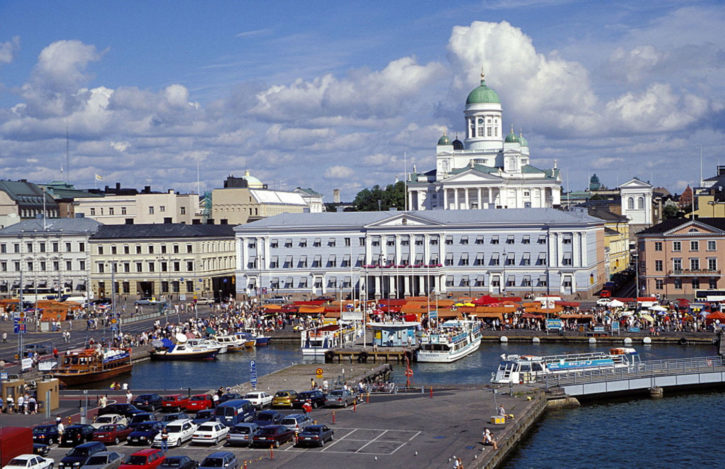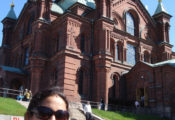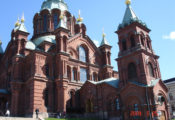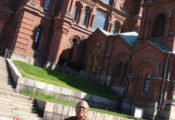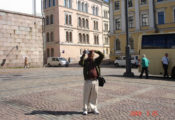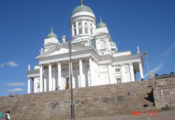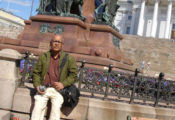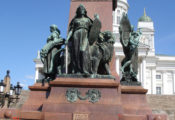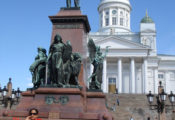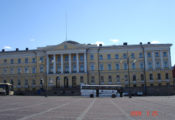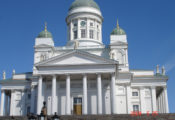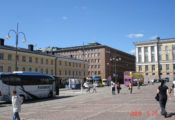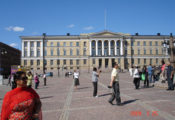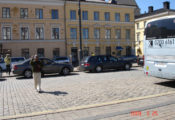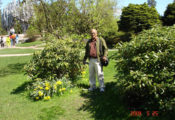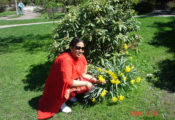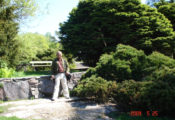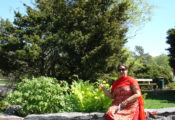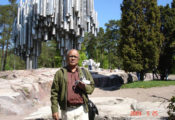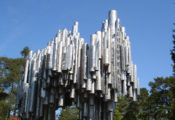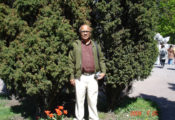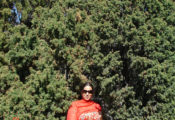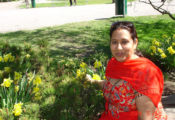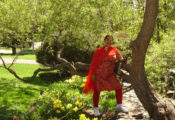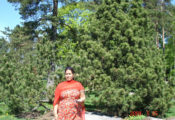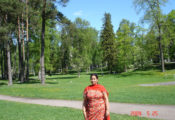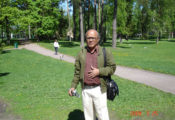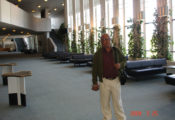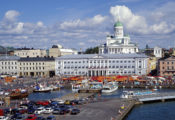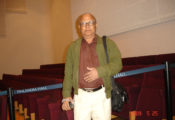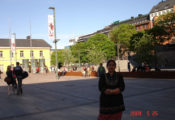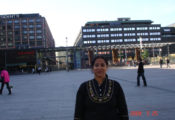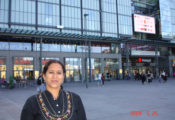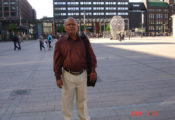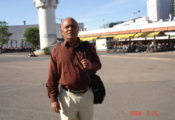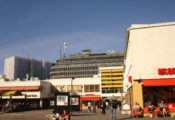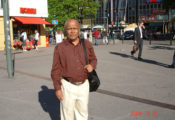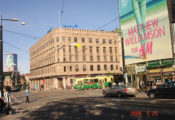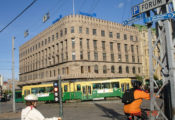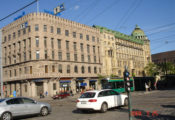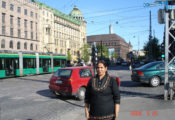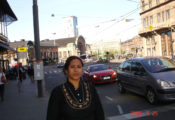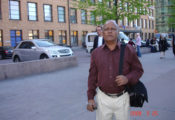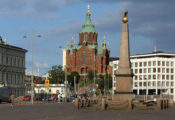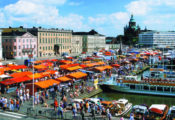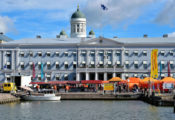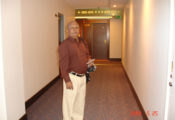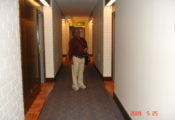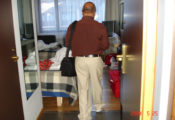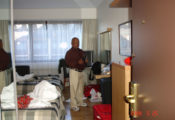25/5/09
HELSINKI
The Market Square is a central square in Helsinki, Finland. It is located in central Helsinki, at the eastern end of Esplanadi and bordering the Baltic Sea to the south and Katajanokka to the east. The Presidential Palace and Helsinki City Hall are located adjacent to Market Square. Seagulls have become an increasing menace in the Market Square, swooping down to snatch snacks and ice cream from the hands of unsuspecting tourists.
Helsinki Cathedral is the Finnish Evangelical Lutheran cathedral of the Diocese of Helsinki, located in the neighborhood of Kruununhaka in the centre of Helsinki, Finland. The church was originally built from 1830-1852 as a tribute to the Grand Duke of Finland, Tsar Nicholas I of Russia. It was also known as St Nicholas’ Church until the independence of Finland in 1917. It is a major landmark of the city.
Uspenski Cathedral is an Eastern Orthodox cathedral in Helsinki, Finland, and main cathedral of the Orthodox Church of Finland, dedicated to the Dormition of the Theotokos. Its name comes from the Old Church Slavonic word uspenie, which denotes the Dormition. Designed by the Russian architect Aleksey Gornostayev. The cathedral was built after his death in 1862–1868. The crypt chapel of the cathedral is named after the holy Alexander Hotovitzky, who served as vicar of the Orthodox parish of Helsinki 1914–1917. The Cathedral is set upon a hillside on the Katajanokka peninsula overlooking the city.
On the back of the cathedral, there is a plaque commemorating Russian Emperor Alexander II, who was the sovereign of the Grand Duchy of Finland during the cathedral’s construction. Main cathedral of the Finnish Orthodox Church in the diocese of Helsinki, Uspenski Cathedral is claimed to be the largest orthodox church in Western Europe.
One of Helsinki’s landmarks, the monument The Sibelius Monument by Eila Hiltunen is dedicated to the Finnish composer Jean Sibelius. The monument is located at the Sibelius Park in the district of Töölö in Helsinki, the capital city of Finland. Erected in 1967 by Finnish Sculptor Eila Hiltumen, the abstract monument resembles a soundwave made of clusters of organ pipes. The jagged monument consists of over 600 steel pipes unevenly grouped together at various heights with the highest pipe reaching over 27 feet in the air.

